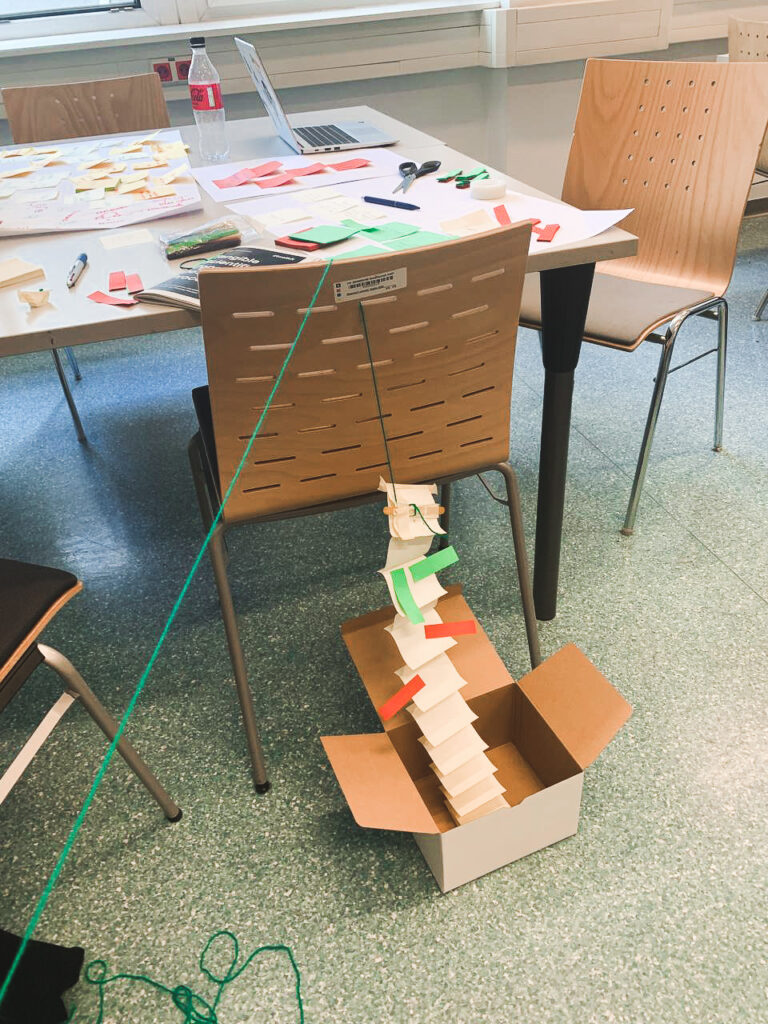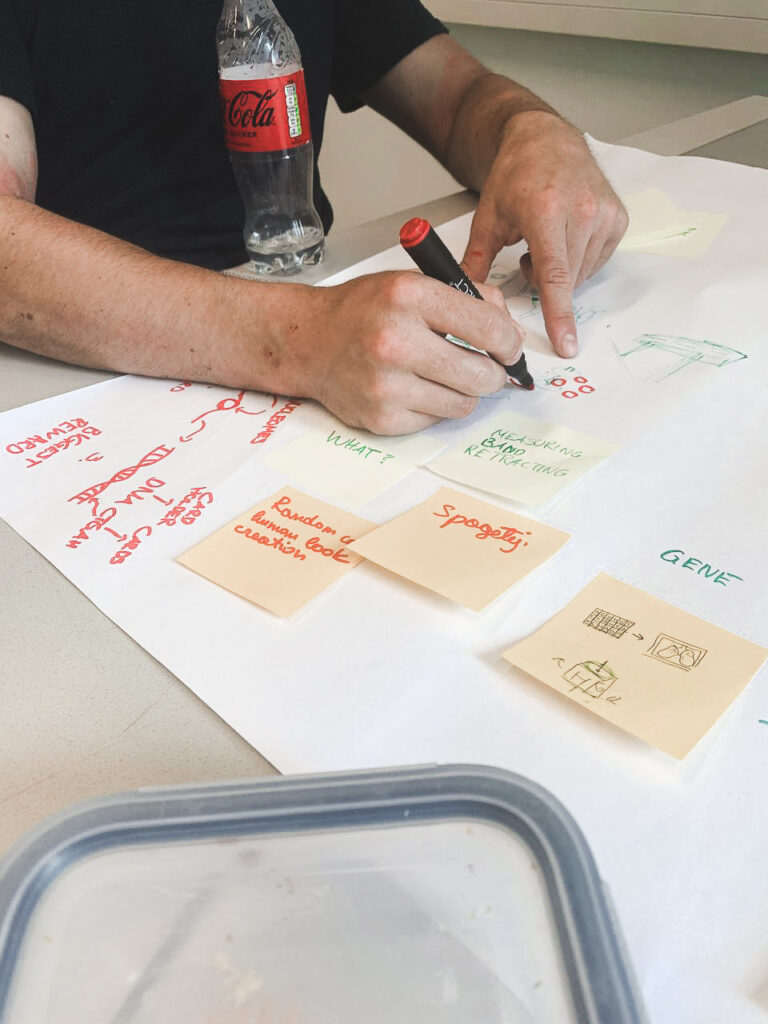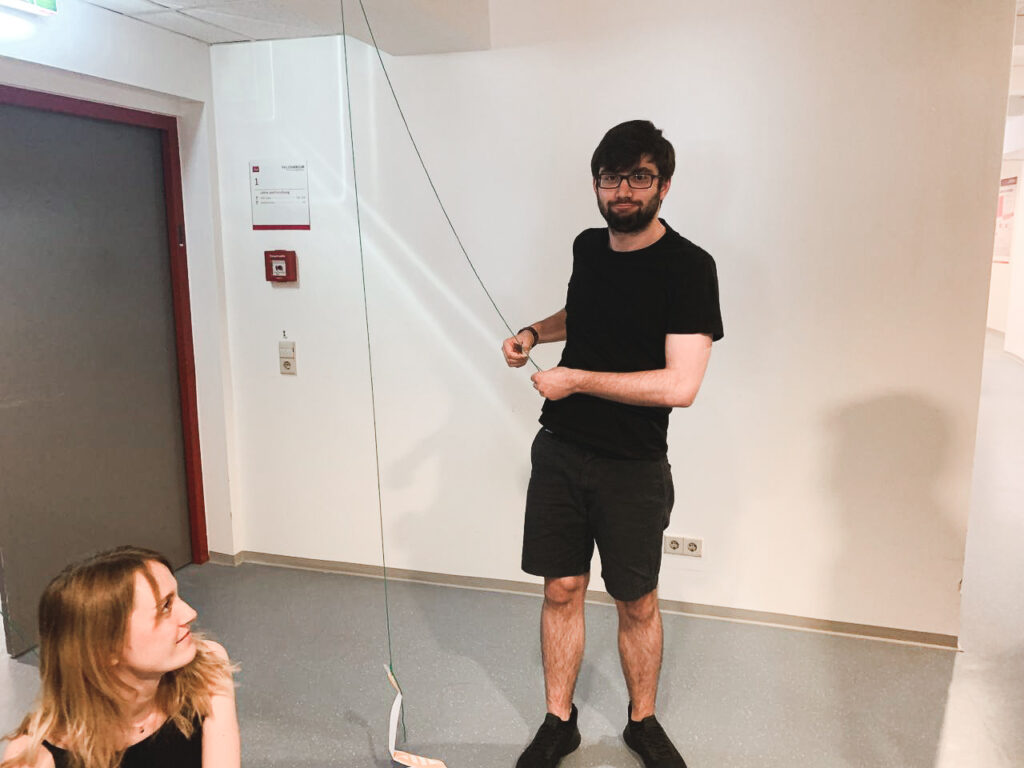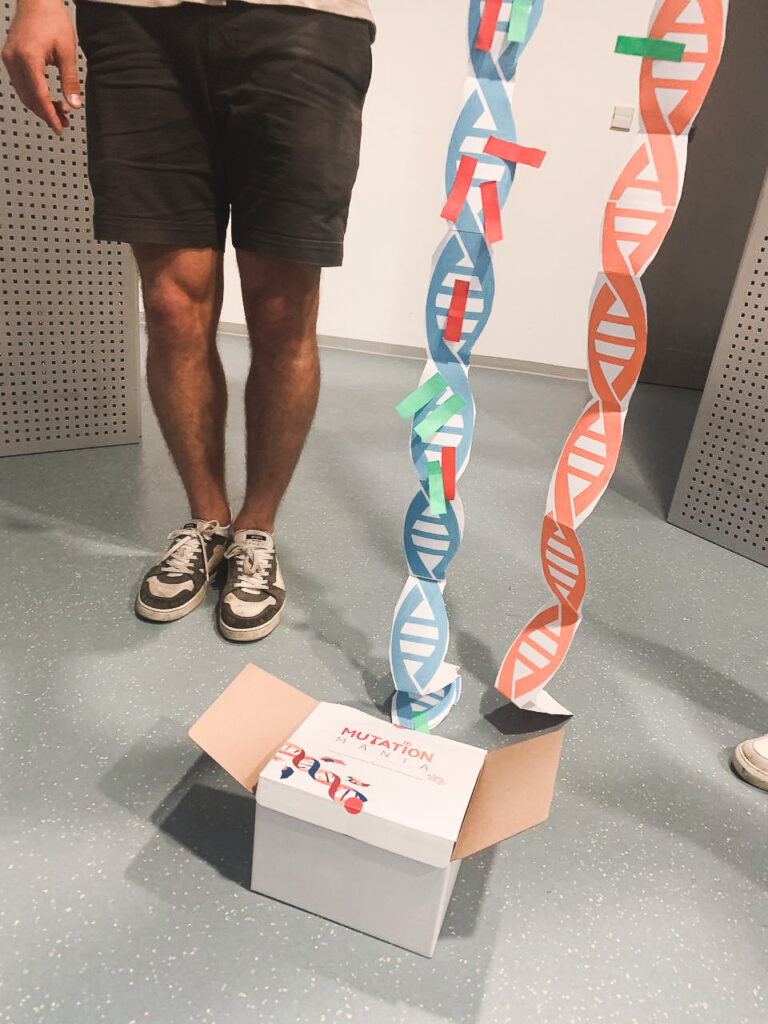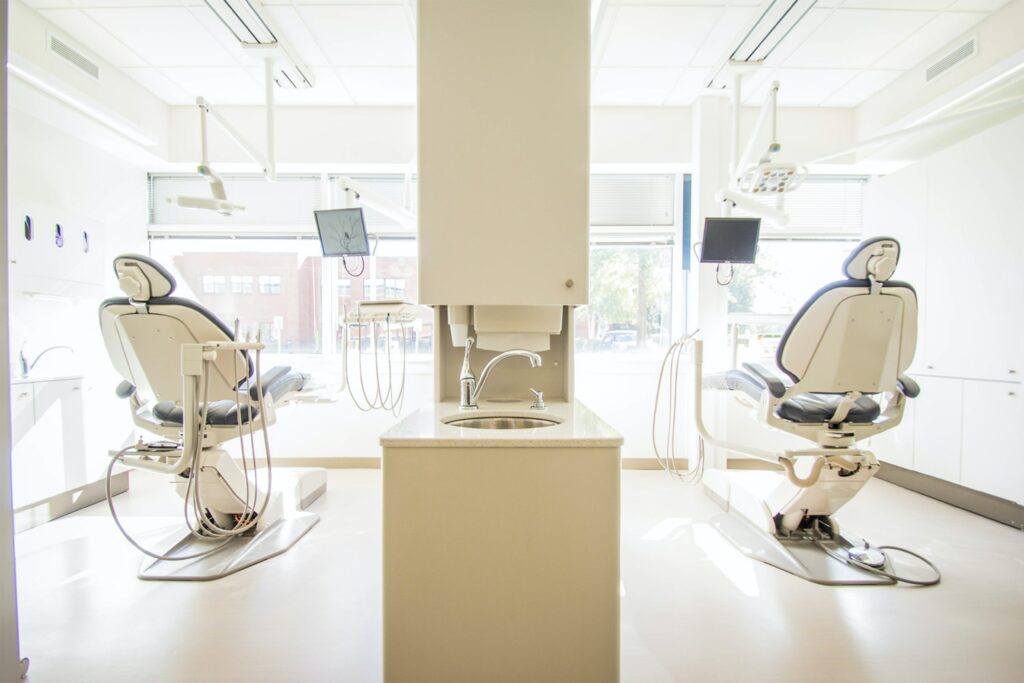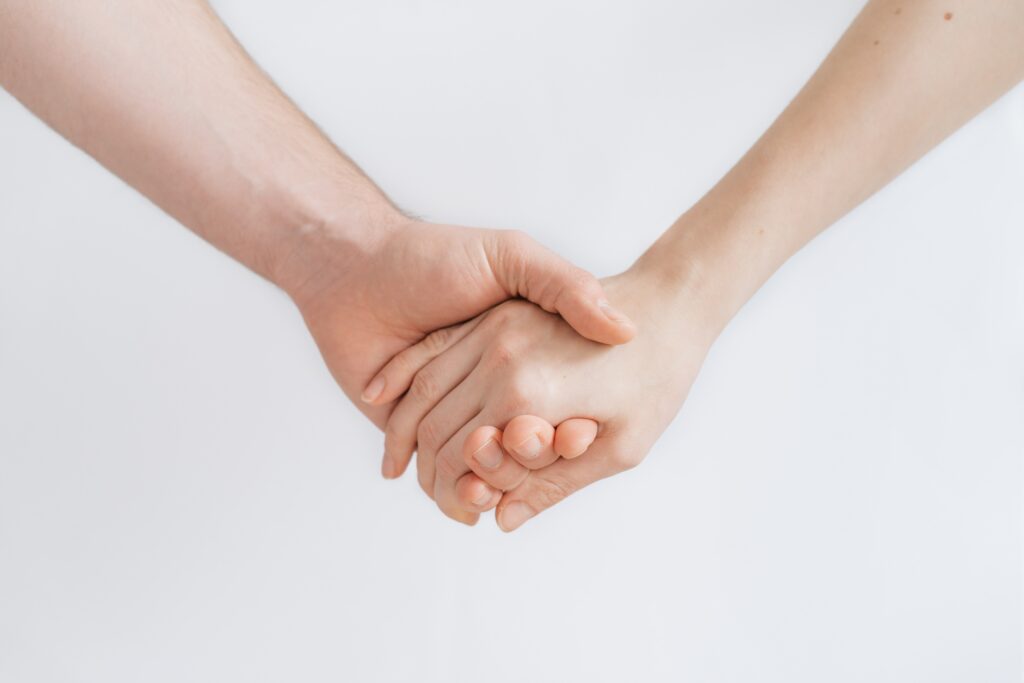Key Words
Design; Motivation; User Experience; Calorie Tracking; Habit builder.
Obesity and being overweight have become major public health concerns in the United Kingdom, with a staggering two-thirds of adults falling into this category. This puts them at an increased risk for a wide range of chronic health conditions, including heart disease, diabetes, and certain types of cancer. These conditions not only affect the individual’s quality of life but also put a strain on the healthcare system.
Traditionally, public health support for weight loss has focused on providing information about healthy eating and lifestyle. However, the advancements in technology, specifically the internet and mobile applications (apps), it has opened up new possibilities for providing long-term motivational support to individuals looking to lose weight. These apps can provide personalized feedback, set achievable goals, and offer a wide range of features such as tracking progress, connecting with others, and having access to a wealth of information.
In addition, with the increasing use of smartphones and the internet, these apps are accessible and convenient, making it easier for individuals to access the support they need to make positive changes to their lifestyles. Moreover, the apps can be used to provide continuous support and encouragement, even when the individual is away from a healthcare provider. This type of support is crucial in promoting long-term weight loss and improving overall health outcomes.
In conclusion, weight-related issues are becoming a major public health concern in the UK, and the advancements in technology, specifically the internet and mobile applications (apps) open up new opportunities for providing long-term motivational support to individuals looking to lose weight. Thus, health professionals and researchers should consider developing and promoting the use of these apps to support weight loss and improve overall health outcomes. The use of technology to track and manage one’s health has become increasingly popular in recent years, with many individuals turning to mobile apps as a convenient and accessible tool for achieving their health and wellness goals. One specific area where mobile apps have seen widespread use is in the realm of dietary tracking and management. The Apple App Store, for example, features hundreds of apps in the Health & Fitness category that allow users to track their calorie intake and monitor their diet.
According to a survey conducted by the Pew Research Center, 31% of health app users reported using these types of apps to track their diet. However, while the popularity of these apps is clear, research suggests that many of these apps may be limited in their effectiveness in promoting long-term changes in dietary behavior. One key area where these apps are lacking is in their integration of health behavior theory. Health behavior theory provides a framework for understanding how individuals make decisions related to their health and how to design interventions that are most likely to be successful in promoting positive behavior change.
Despite the potential benefits of incorporating health behavior theory into dietary tracking apps, previous research has found that many of these apps are void of such integration. To date, there has not been a comprehensive examination of how popular calorie-counting apps include health behavior theory. This is a significant limitation as methodologies used in previous studies are useful for providing a general overview of the content, but their limited scope makes it challenging to identify all of the instances of health behavior theory integration.
In order to address this gap in the literature, the purpose of this study is to conduct an extensive content analysis of the 10 most popular calorie-counting apps from the Health & Fitness category of the App Store. Specifically, the purpose of this analysis is to evaluate the presence of health behavior theory in the selected calorie-counting apps when used extensively over the course of one week. The findings of this study will provide insight into the current state of dietary tracking apps and inform future development of these types of apps to better promote long-term changes in dietary behavior.
The main question of this paper is to understand how user behavior and motivation will change once
we simplify a user path.
The task is to develop an interface that will help users to manage their daily diet easily and, in this
way, to promote a healthy lifestyle.
I am planning to take references from Pei-Yu C.Jen-Hao C. Hao-Hua C. Jin-Ling L. “Enabling
Calorie-Aware Cooking in a Smart Kitchen” in the book Persuasive Technologies, pp 116–127 (Oulu,
Finland, June 2008); Neeraj K. Consuelo L. Clara M. Swanand P. Bixia S., Alfred K. CalNag:
Effortless Multiuser Calorie Tracking (University of California, Irvine, CA, USA; 2016)
The purpose of this thesis is to create a user-centric calorie-tracking app with an external scale. From
From the technical point of view, the external scale will be connected to the app wirelessly, once a user will
place a product on the scale and take a photo of it the system will suggest products with
information on a screen, so that way, users can easily add products and count calories.
The Structure of the thesis is a classic one, I will start with the theory, finding literature, good practice
examples, and user research, and then will dedicate the majority of the time to building the working
prototype.
I am dedicating two months to research and data collection. Another two months for the first draft and
editing and the rest of the time are for creating a layout and final corrections.

